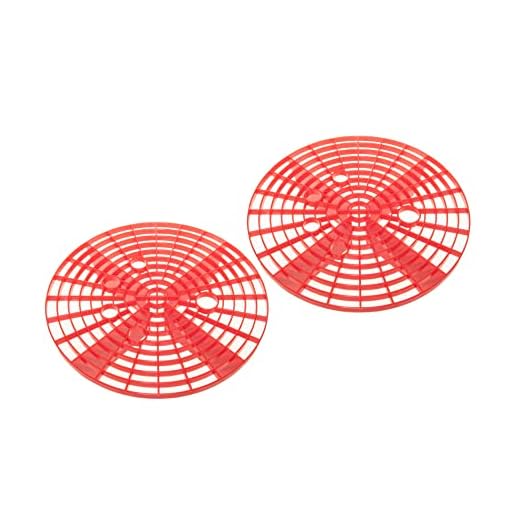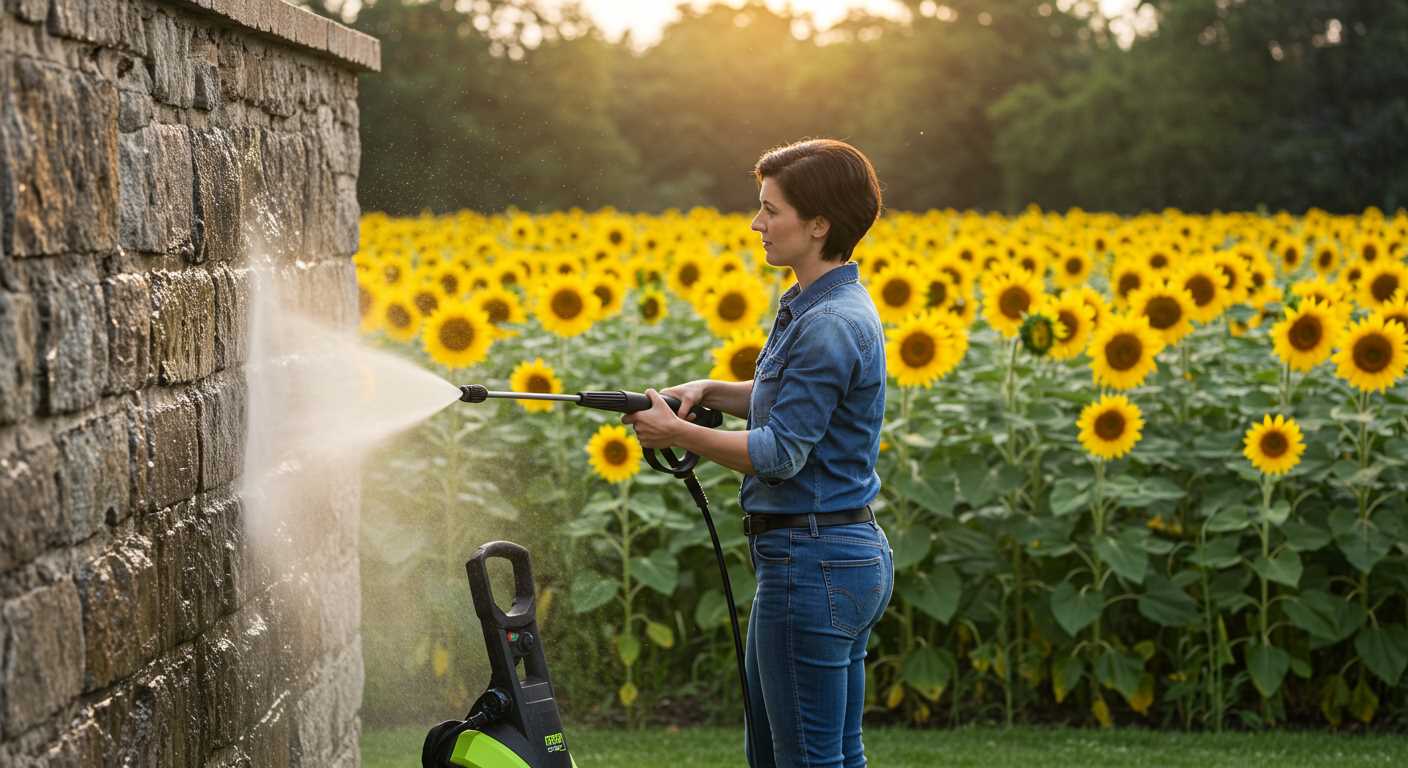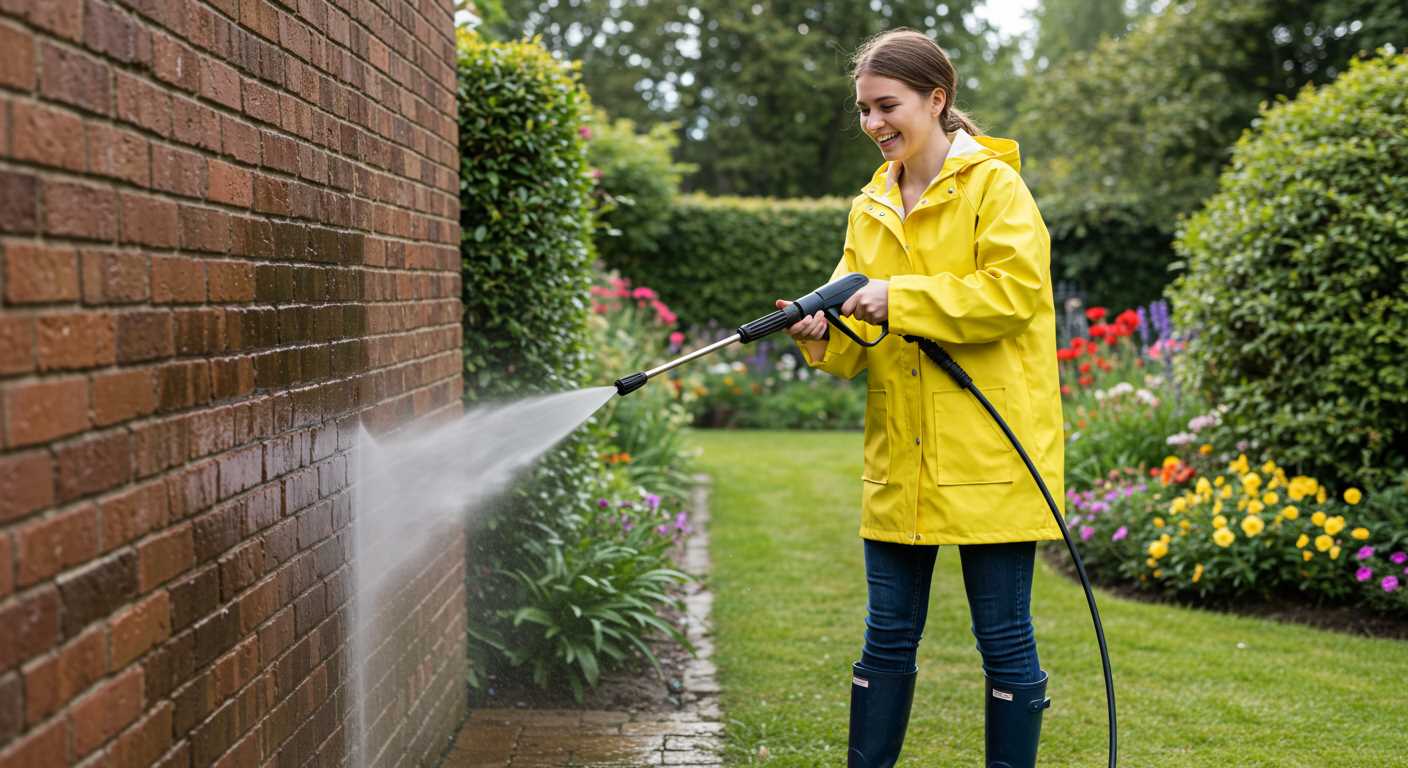



If you’re looking to tackle grime and dirt on your vehicle without the aid of a high-pressure system, the process can still be highly successful with the right approach. Begin by gathering a bucket, a soft sponge or microfiber cloth, and a quality automotive shampoo. Using a bucket will allow you to control the amount of water used and minimise waste while ensuring that the cleaning solution remains effective.
Mix the shampoo with water according to the instructions on the label, and make sure it creates a frothy solution. Use your sponge or cloth to apply this mixture, starting from the roof and working your way down. This method prevents dirty water from dripping onto already-cleaned sections, ensuring an even clean across all surfaces. Regularly rinse the sponge to avoid spreading dirt and grime back onto the paintwork.
Don’t overlook the wheels and tyres, as brake dust and road grime can accumulate there. A separate brush or cloth will help focus on these areas without contaminating the sponge used for the vehicle’s body. By indulging in this method, your vehicle will achieve a spotless shine, making it look presentable without the need for more intensive cleaning equipment.
Effective Ways to Prepare Your Vehicle for a Thorough Cleaning
Begin with a simple spray bottle filled with a mixture of water and a few drops of car-specific shampoo. Generously mist the surface of the bodywork, paying particular attention to dirtier spots. Allow it to sit for a few minutes; this will soften any stubborn grime.
Utilise a soft sponge or a detailing mitt to gently agitate the soiled areas. Use a circular motion to lift dirt and debris without scratching the paintwork. Rinse the sponge frequently to avoid redepositing contaminants.
Employ a garden hose with a spray nozzle for a gentle, focused flow of water. This ensures more effective rinsing of the shampoo and dirt, leaving no residues behind. Aim the nozzle towards the lower sections of the vehicle to remove any residue that may accumulate.
If tree sap or bird droppings persist, consider using a dedicated clay bar. Glide it over the affected area after lubricating with a detailing spray or soapy water. This technique removes embedded contaminants while ensuring a smooth finish.
Once you’ve completed the initial clean-up, dry the surface with a high-quality microfiber towel to prevent water spots. This step is crucial as it helps maintain the vehicle’s exterior and protects against damage caused by moisture.
Following this process regularly will enhance the appearance and longevity of your vehicle’s finish, creating a solid foundation for any further detailing procedures.
Choosing the Right Location for Pre Washing
Select a shaded area when preparing your vehicle for cleaning. Direct sunlight can cause drying spots and streaks, making it harder to achieve a smooth finish. Ideally, an undercover space, such as a garage or a carport, is preferred. This helps maintain a consistent temperature, preventing premature evaporation of cleaning agents.
Access to Water Supply
Ensure that your selected site has convenient access to water. A nearby outdoor tap simplifies the process, allowing for quick refills of buckets or containers. If the temperature is low, having an indoor source means you can avoid freezing water and maintain an effective cleaning solution.
Ground Surface Considerations
The type of ground surface also plays a role. Choose a firm, level area for stability to prevent slipping. Avoid soft ground that can absorb water, creating a muddy mess. A concrete or paved driveway provides an ideal foundation for an easy and effective cleanup process.
Gathering Necessary Supplies for Manual Cleaning

To effectively prepare for the task, ensure you have the following items on hand:
- Microfibre Cloths: These are gentle on surfaces and trap dirt effectively, preventing scratches.
- Bucket: A standard 5-gallon bucket works well for mixing cleaning solutions and carrying water.
- Delicate Sponge: A soft sponge allows for safe removal of grime without damaging the finish.
- Non-abrasive Car Shampoo: Choose a product specifically formulated for vehicles to avoid damaging paintwork.
- Wheel Brush: A brush designed for wheels helps clean intricate designs and brake dust buildup.
- Soft Detail Brush: Perfect for reaching tight spots and intricate areas to ensure no debris remains.
- Lint-Free Towels: Ideal for drying without leaving behind fibres, ensuring a flawless finish.
- Water Hose: Connect it to a tap for a steady flow of water, which is crucial for rinsing.
- Protective Gloves: These protect your hands from harsh chemicals and grime.
Optional Items
.jpg)
- Clay Bar: Useful for removing bonded surface contaminants for a smoother finish.
- Wax or Sealant: Helps to protect the surface after cleaning and enhances shine.
- Vacuum Cleaner: A handheld version can help remove dirt and debris from the interior.
Having these tools will streamline the cleaning process and ensure a thorough approach. Prioritise quality over quantity; investing in reliable materials can yield significantly better outcomes.
Preparing the Surface for Cleaning
Your first step involves inspecting the vehicle for any visible debris, such as dirt, mud, or bird droppings. Make a thorough visual check to identify areas that require extra attention, particularly crevices, wheel wells, and undercarriage regions where grime accumulates.
Next, use a soft brush or microfiber cloth to gently remove loose particles. This ensures minimal scratching during the subsequent cleaning phases. Pay special attention to areas around door handles and the edges of windows, where dirt typically builds up more significantly.
Consider a preliminary wipe-down with a damp cloth to help loosen stubborn contaminants. This initial moistening can prevent dirt from being ground into the surface, safeguarding the paintwork.
| Area | Recommended Action |
|---|---|
| Body Panels | Remove debris with a soft brush |
| Wheels | Use a dedicated wheel cleaner and brush |
| Windows | Wipe with a damp cloth to remove grime |
| Undercarriage | Inspect and scrape off loose dirt |
After completing these steps, your vehicle’s exterior will be ready for a more intense cleaning routine, ensuring the best results and protecting the finish. Prioritising surface preparation sets the foundation for a successful vehicle care process.
Best Techniques for Applying Soap Without Pressure
For a thorough clean, start by using a foam cannon attachment for a standard garden hose. This tool allows for even distribution of detergent across the surface. If you don’t have one, a bucket and sponge or wash mitt can be just as effective.
Using the Two-Bucket Method
Implementing the two-bucket technique is vital. One bucket should contain soapy water while the other holds clean water. Dip the sponge into the soapy mixture, apply it gently to the surface, then rinse the sponge in the clean water to avoid dirt reapplication. This method effectively minimises scratches.
Manual Soap Application Techniques
If utilising a spray nozzle, set it to a fine mist for better coverage. Aim for low-pressure application; simply coating the vehicle with foam will aid in loosening grime. Work systematically, starting from the roof down, ensuring thorough coverage. After applying the soap, allow it to dwell for several minutes before rinsing, as this maximises dirt removal.
Rinsing Methods Using a Hose and Bucket
Using a standard garden hose paired with a bucket provides an excellent alternative for rinsing. Begin by filling a bucket with clean water–this serves as your primary rinsing source. Grab a good-quality hose and attach it to your outdoor spigot. Ensure the nozzle allows for adjustable flow; a gentle spray setting works best to avoid troubling the surface while rinsing.
Hose Technique
With the hose ready, switch it on and direct the stream toward the vehicle from the top down. This method ensures that dirt and debris are carried away from each section, reducing the chance of re-soiling areas you’ve already cleaned. Maintain a distance of approximately 2 feet to prevent any excessive force that could damage delicate parts.
Bucket Usage
Dip a clean, soft wash mitt into the bucket and apply water to the vehicle surfaces, especially in dirtier areas. After soaking a specific section, rinse it with the hose, letting gravity assist in the removal of grime. This two-pronged approach ensures thorough cleaning, creating a prepped surface that’s primed for further detailing.
After rinsing the vehicle, remember to empty your bucket and fill it with fresh water before going over stubborn spots again. This step maintains the cleanliness of the rinse water and ensures that dirt doesn’t redeposit onto the surface.
Dealing with Stubborn Dirt and Grime
For challenging mud and residues, begin with a pre-soak. Use a solution of warm water with a mild detergent to cover affected areas. Allow it to sit for several minutes. This will loosen particles and make them easier to remove.
Utilise a soft-bristle brush for textured surfaces, like grilles or wheel wells. Apply moderate pressure while scrubbing to avoid damaging the finish. For flat surfaces, a sponge or cloth works well to lift debris without scratching the paint.
If grease or oil stains are present, opt for a degreaser. Gentle formulations will prevent harm to the vehicle’s protective layer. Apply it directly on the spots and let it act for a short time. Follow with your chosen scrubbing tool to agitate and lift the substances.
Use a clay bar for embedded contaminants that remain after initial cleaning. This technique will help to achieve a smooth surface. Lightly lubricate the area with water or a detailing spray before gently gliding the clay over it.
For stubborn spots that persist, consider creating a paste from baking soda and water. Apply this mixture onto the stain and let it sit. Rinse thoroughly after some time, as this should help lift away remnants effectively.
Always verify that the cleaning agents are safe for your vehicle’s surfaces. Avoid harsh chemicals that might react adversely, and ensure any residues from cleaning products are thoroughly rinsed away afterward.
Drying the Vehicle Effectively After Pre-Washing

Using a suitable drying technique significantly impacts the finish of the surface after the initial cleaning phase. I recommend employing microfiber towels for their absorbent properties and gentle touch. Here’s how to ensure your automobile stays pristine during the drying process:
- Utilise Multiple Towels: Keep several microfiber towels on hand. This prevents saturation, allowing for more effective moisture removal.
- Blot, Don’t Wipe: Press the towel against the surface to absorb water, rather than dragging it across. This reduces the risk of scratches.
- Work from Top to Bottom: Start at the roof and progressively move downward. This method helps gravity assist in managing the drying process.
- Pay Attention to Crevices: Use a smaller towel or detailing cloth for seams and edges where water tends to accumulate, ensuring no moisture is left behind.
- Use a Squeegee for Large Areas: For larger flat surfaces like the hood and roof, a rubber squeegee can quickly remove excess water. Follow up with a towel for any remaining moisture.
After drying, you might want to apply a quick detailer or spray wax to add shine and protection. This product can also assist in repelling dirt and water in future cleanings.
Lastly, avoiding direct sunlight during this process is advisable, as it can cause water spots or streaks. Finding a shaded area is beneficial for completing this crucial step effectively.
FAQ:
What materials do I need to pre wash my car without a pressure washer?
To pre wash your car without a pressure washer, you’ll need a few basic materials. First, gather a bucket and a wash mitt or sponge. You will also require car shampoo suitable for vehicle surfaces to ensure that it won’t damage the paint. Additionally, a hose with a spray nozzle attached will help you rinse off the dirt and soap effectively. A soft brush can be useful for reaching difficult spots. Having a microfiber towel or chamois for drying at the end is also beneficial.
How do I effectively remove dirt and grime from my car without using a pressure washer?
To remove dirt and grime effectively without a pressure washer, start by rinsing your car with water using a hose. This helps to loosen up any debris. Next, mix the car shampoo with water in your bucket. Using the wash mitt or sponge, work your way from the top of the car downwards. This method prevents dirt from being dragged across the surface, which could cause scratches. Frequently rinse the mitt in your soapy solution and then in clean water to avoid transferring dirt back onto the car. Once you’ve washed the entire surface, rinse the car again thoroughly to remove any soap residue.
Can I pre wash my car in winter? What special care do I need to take?
Pre washing your car in winter is doable, but certain precautions should be taken. It’s important to ensure that the temperature is above freezing; washing in sub-zero conditions can lead to ice forming on your car. Use warm water for both the washing solution and rinsing, as this aids in removing grime. Pay extra attention to the undercarriage, as road salt and grime can accumulate there, leading to potential rust issues. After washing, try to dry the car as much as possible to prevent water from freezing on the surface. A quick wax can also help protect the paint from harsh winter elements.
What common mistakes should I avoid while pre washing my car?
When pre washing your car without a pressure washer, there are a few common mistakes to steer clear of. One major mistake is using dish soap instead of a specialised car shampoo. Dish soap can strip away wax and harm your car’s finish. Another mistake is washing the car in direct sunlight, which can cause soap to dry too quickly and leave spots. Additionally, avoid using a dirty cloth or sponge, as this can scratch the surface. Lastly, don’t forget to rinse your washing mitt often to remove trapped dirt, as this will prevent swirls and scratches on the paintwork.








